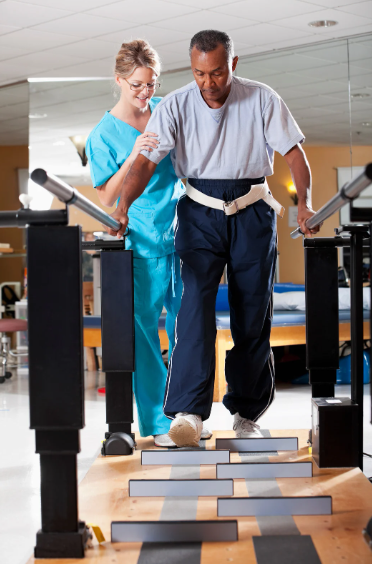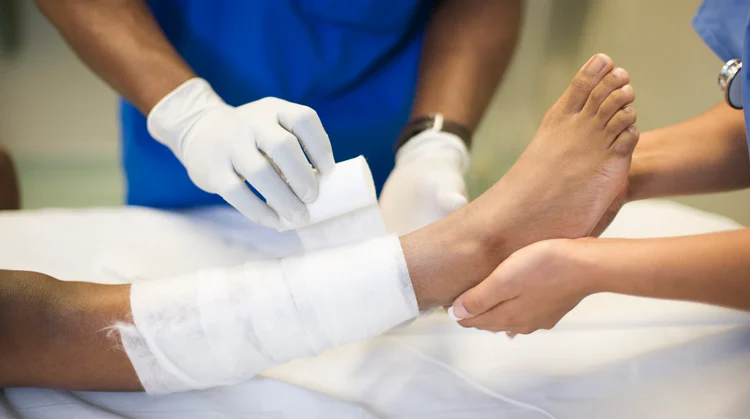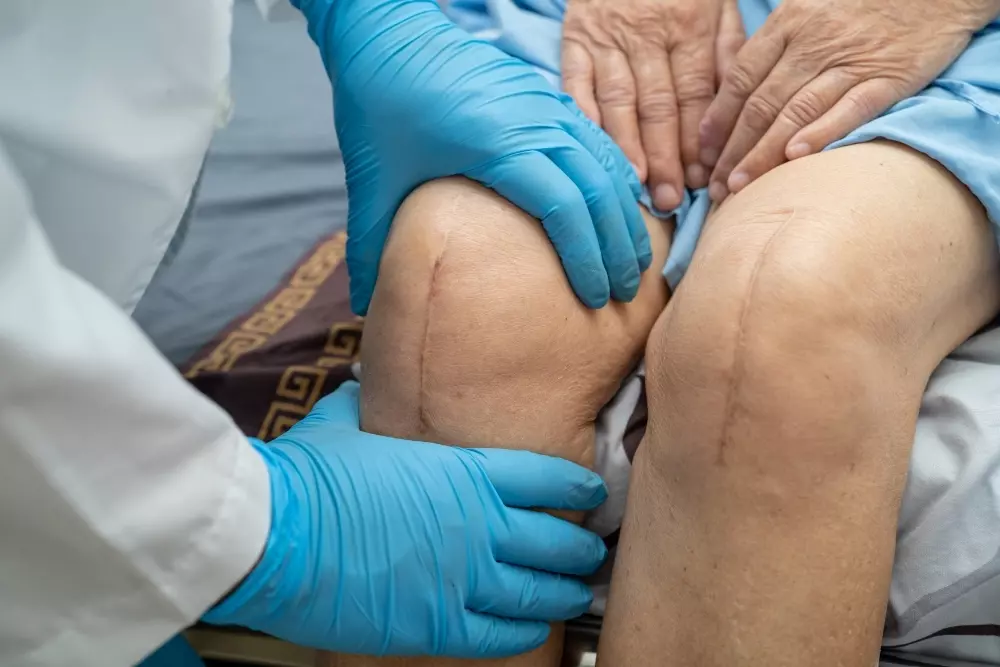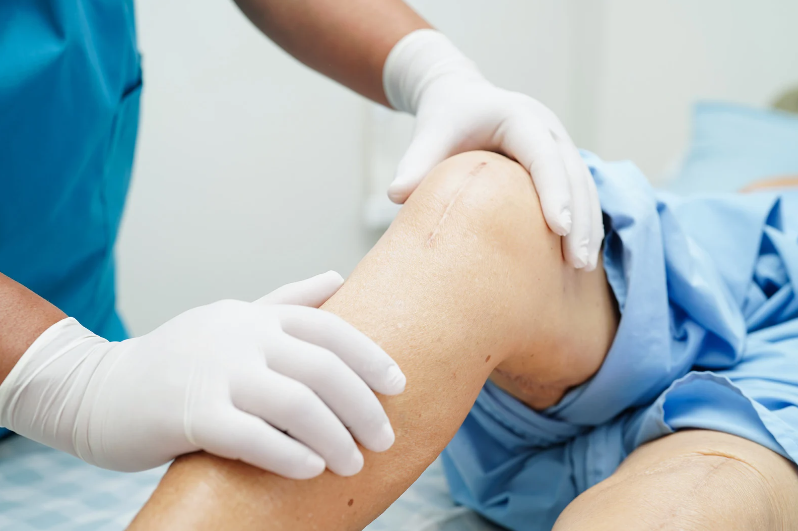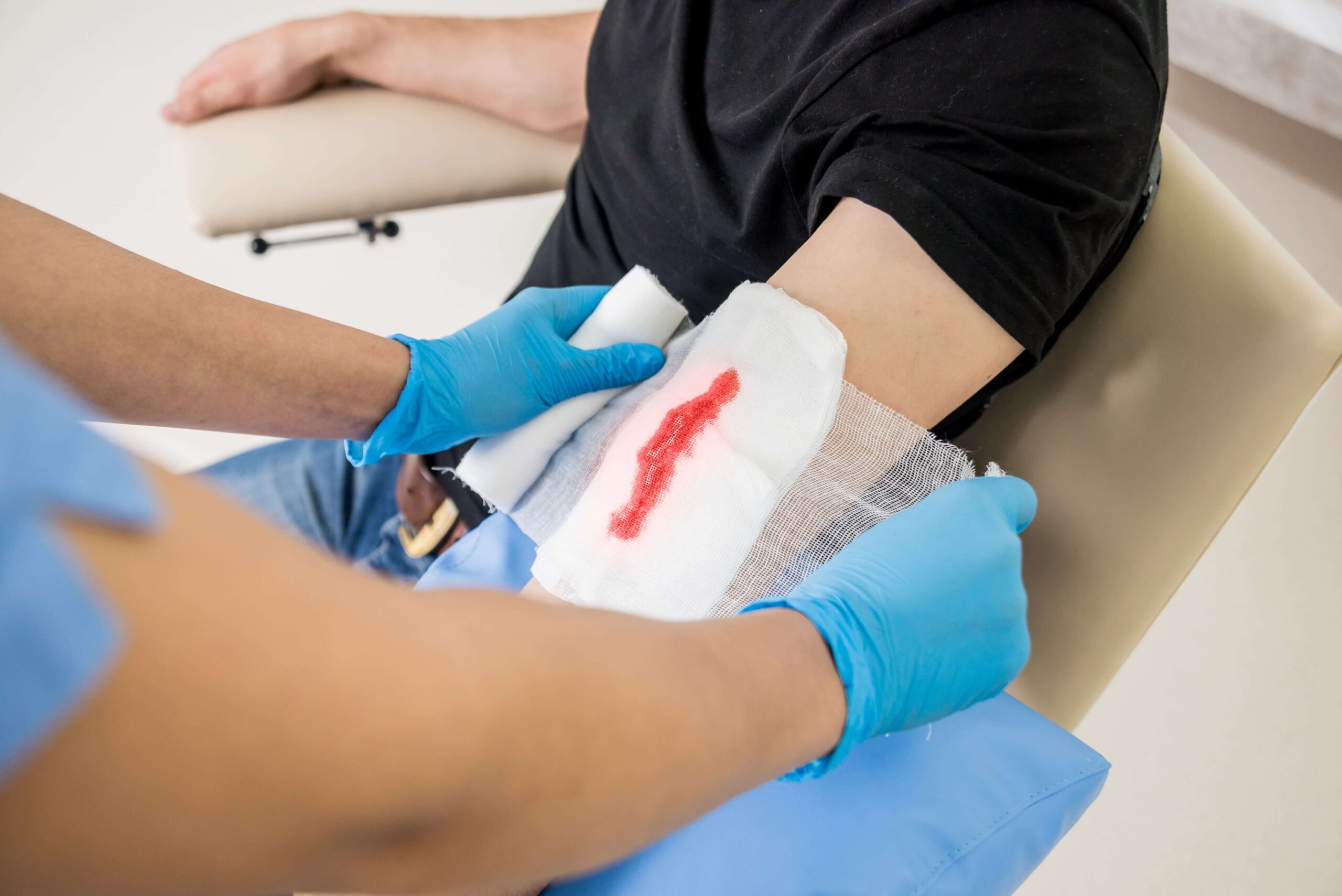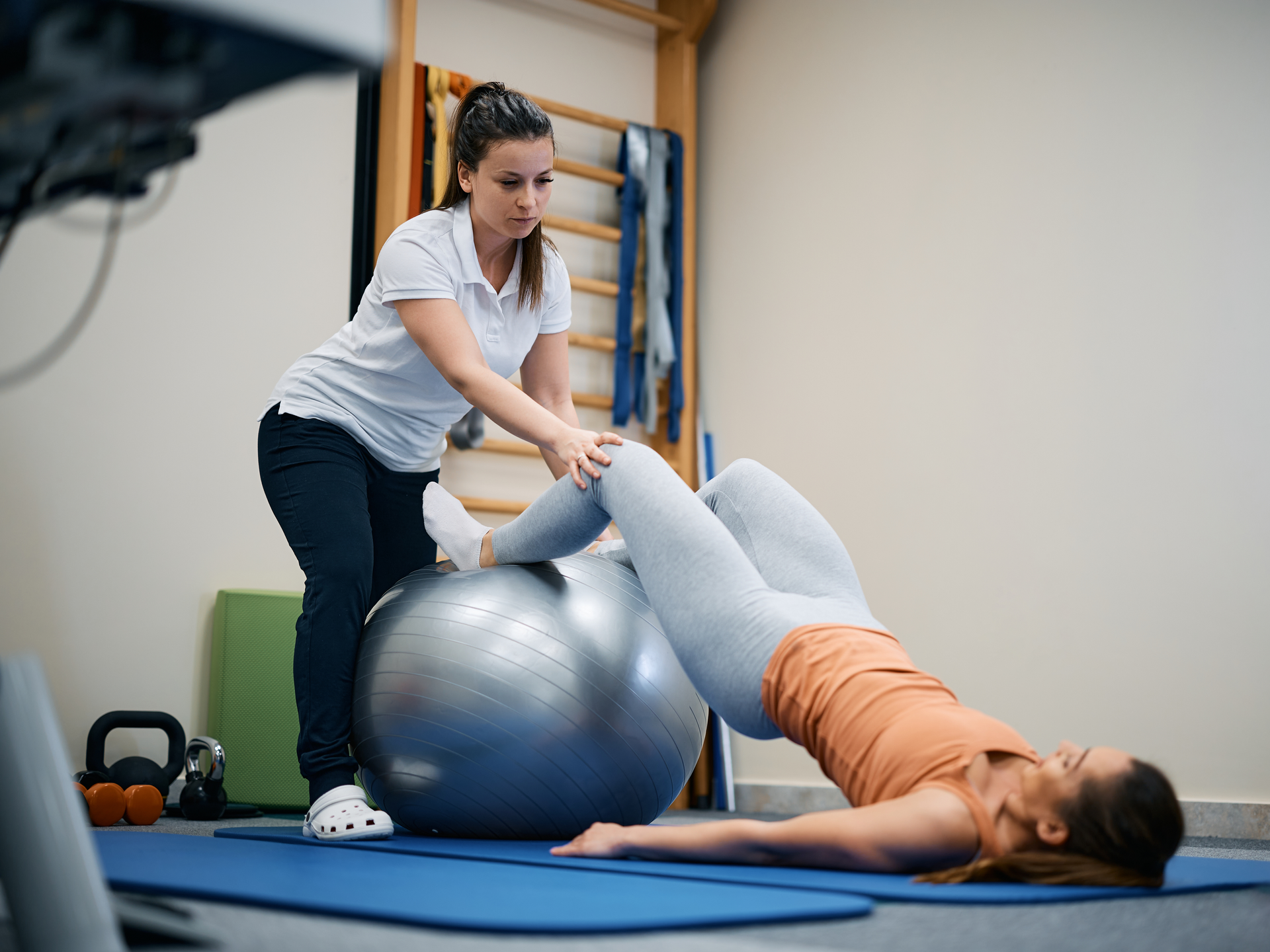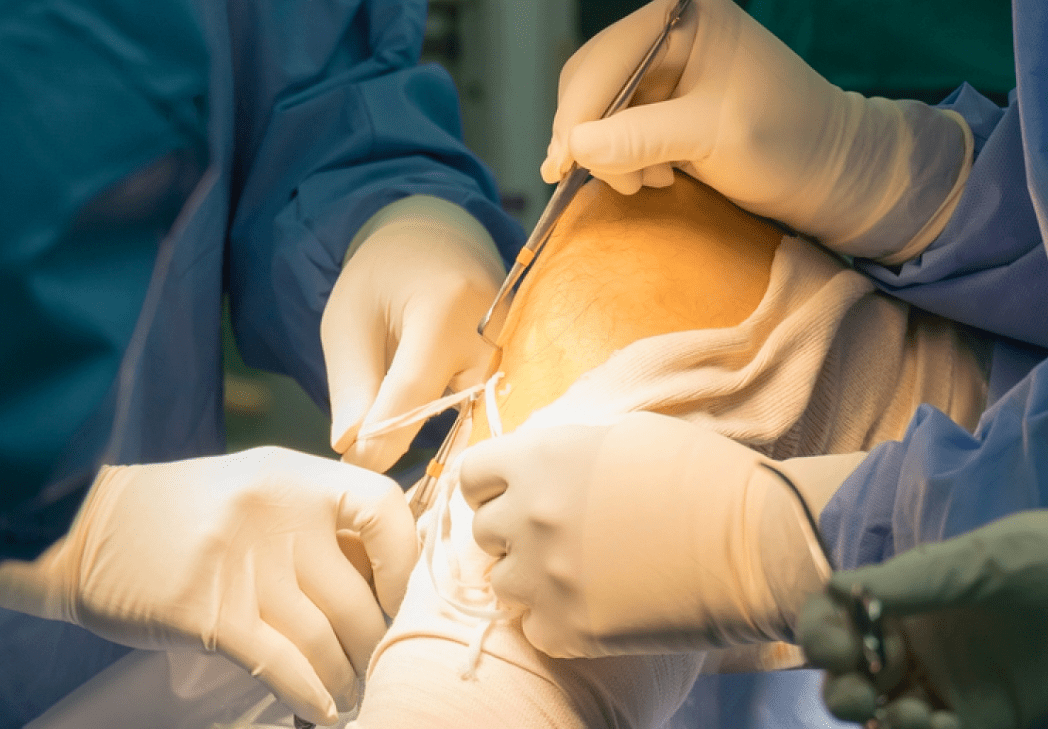Balance and gait disorders are conditions that can significantly affect an individual’s quality of life. They can lead to instability, difficulty walking, and an increased risk of falls, making it harder for people to perform daily activities independently. The treatment for these disorders is crucial to not only improve mobility but also to regain confidence in moving freely. One of the most effective ways to treat balance and gait disorders is through physical therapy. This article will explore how physical therapy plays a key role in the treatment of these disorders, enhancing stability and restoring the ability to move with ease. Whether you suffer from balance issues due to aging, injury, or neurological conditions, physical therapy can offer tailored treatments that address these challenges. For those in Central Indiana, Osteopractic Physical Therapy of Central Indiana provides specialized care to help individuals with balance and gait disorders regain their independence.
Understanding Balance and Gait Disorders
Balance and gait disorders affect the way a person moves and their ability to maintain stability. Balance disorders often arise when the body has difficulty maintaining its center of gravity. This condition can lead to feelings of dizziness, vertigo, or lightheadedness, which may occur suddenly and cause difficulty standing or walking. Gait disorders, on the other hand, refer to problems with walking that affect the natural pattern of movement. These disorders can manifest as limping, shuffling steps, or difficulty lifting the feet properly.
Several factors can contribute to the development of balance and gait disorders. These include aging, neurological conditions like Parkinson’s disease, multiple sclerosis, and vestibular disorders, as well as musculoskeletal injuries. Since balance and gait disorders can severely limit mobility, they need to be addressed with the right treatment approach. Balance and gait disorders treatment is crucial for improving the ability to perform everyday activities such as walking, climbing stairs, or even standing for extended periods.
The Role of Physical Therapy in Treating Balance and Gait Disorders
Physical therapy plays an essential role in balance and gait disorders treatment by providing a comprehensive approach that helps patients regain their ability to move efficiently and safely. Physical therapists assess the specific causes of the disorders and create personalized treatment plans to address these issues.
Therapeutic techniques in physical therapy are designed to enhance balance and coordination, improve posture, and strengthen the muscles involved in walking. For example, strengthening exercises help improve core stability, which directly affects balance. Additionally, physical therapy often includes gait training, which focuses on improving walking patterns to prevent falls and increase mobility.
Osteopractic Physical Therapy of Central Indiana is a prime example of a practice that specializes in treating balance and gait disorders. Their team uses evidence-based physical therapy techniques that are customized to each patient’s needs, ensuring the most effective treatment outcomes.
Key Physical Therapy Techniques for Balance Disorders
Several physical therapy techniques are particularly effective in treating balance disorders. These techniques help improve body awareness, proprioception, and coordination, which are all essential for maintaining balance.
- Balance exercises: These exercises, such as standing on one leg or using balance boards, are designed to challenge the body’s ability to maintain stability. They help to retrain the body to respond quickly and accurately to shifts in weight or position, ultimately improving overall balance.
- Vestibular rehabilitation therapy (VRT): For individuals suffering from dizziness or vertigo, VRT is a specialized treatment that focuses on improving the function of the vestibular system (the part of the inner ear responsible for balance). VRT involves specific exercises aimed at desensitizing the brain to movement patterns that trigger dizziness.
- Core strengthening: A strong core is essential for maintaining balance. Exercises targeting the abdominal, back, and hip muscles help to create a stable base, preventing falls and enhancing the ability to move confidently.
- Tai Chi and other movement therapies: Tai Chi has been shown to improve balance and reduce the risk of falls, particularly in older adults. The slow, deliberate movements of Tai Chi promote better coordination, stability, and strength.
These physical therapy techniques are a crucial part of balance and gait disorders treatment, helping individuals regain control over their movements and reduce their risk of falling.
Key Physical Therapy Techniques for Gait Disorders
When it comes to balance and gait disorders treatment, physical therapy can also focus on retraining walking patterns. Many individuals with gait disorders struggle with taking normal, coordinated steps due to muscle weakness, joint stiffness, or improper posture. A skilled physical therapist will use specific techniques to improve these issues:
- Gait retraining: This technique focuses on correcting improper walking patterns. A physical therapist may provide visual feedback or use assistive devices like mirrors or treadmills to help patients practice walking more naturally.
- Assistive devices: In some cases, physical therapists will recommend devices like canes, walkers, or orthotics to provide support during walking. These devices help patients feel more stable and confident while moving.
- Stretching and flexibility exercises: Tight muscles and stiff joints can contribute to gait problems. Stretching and flexibility exercises help improve the range of motion, allowing for smoother and more efficient walking.
- Strengthening exercises: Strengthening the muscles in the legs, back, and core is essential for improving gait. Focused strengthening exercises enhance muscle endurance and stability, enabling individuals to walk with better posture and fluidity.
All these techniques are vital components of balance and gait disorders treatment, as they work together to improve walking patterns and ensure greater stability during movement.
How Physical Therapy Enhances Independence and Quality of Life
Physical therapy not only improves physical functioning but also enhances the psychological and emotional well-being of patients. By improving balance and gait, physical therapy allows individuals to regain independence in their daily activities, reducing the fear of falls and boosting confidence.
When balance and gait disorders are effectively managed, patients experience greater mobility, making it easier to perform everyday tasks such as walking, grocery shopping, and even engaging in social activities. For those who may have become isolated due to mobility issues, physical therapy can provide the support necessary to re-enter social circles and enjoy a more fulfilling life.
Additionally, balance and gait disorders treatment can help to reduce the risk of further injury. By improving stability, patients are less likely to fall or sustain additional injuries, which is especially important for older adults. This reduction in fall risk can greatly decrease the need for future medical interventions or hospitalizations.
When to Seek Physical Therapy for Balance and Gait Disorders
Recognizing when to seek physical therapy for balance and gait disorders is critical for preventing further complications. If you or a loved one experiences frequent falls, difficulty walking, dizziness, or a noticeable change in gait, it’s essential to consult with a healthcare provider. These symptoms could be indicative of underlying health issues that can be addressed with the appropriate treatment.
Physical therapists will conduct a thorough evaluation, assessing posture, coordination, strength, and flexibility, to determine the most effective course of treatment. Early intervention in balance and gait disorders treatment is key to achieving optimal results, reducing the risk of injury, and improving long-term mobility.
Takeaway
Balance and gait disorders treatment through physical therapy plays a vital role in restoring mobility, independence, and overall quality of life. Whether you are dealing with balance issues due to aging, neurological conditions, or musculoskeletal injuries, physical therapy offers a comprehensive and personalized approach to improving stability and gait. Techniques such as balance exercises, gait retraining, and strength building help individuals regain confidence in their movement and reduce the risk of falls. If you or someone you know is struggling with balance or gait issues, it’s important to seek professional help. Osteopractic Physical Therapy of Central Indiana specializes in treating these disorders and can help you get back on track to a healthier, more active lifestyle.
Frequently Asked Questions (FAQ)
- How long does it take to see results from physical therapy for balance disorders?
- Results vary depending on the severity of the condition, but most patients notice improvements within a few weeks to a couple of months.
- Can physical therapy completely cure gait disorders?
- While physical therapy can significantly improve gait, the extent of improvement depends on the underlying cause of the disorder. In many cases, it can help restore walking ability and prevent further complications.
- What types of gait disorders can physical therapy treat?
- Physical therapy can treat a variety of gait disorders, including those caused by neurological conditions, muscle weakness, joint stiffness, and injury.
- Are there any side effects of physical therapy for balance and gait issues?
- Physical therapy is generally safe, but some patients may experience mild soreness or fatigue as their bodies adjust to new exercises.

